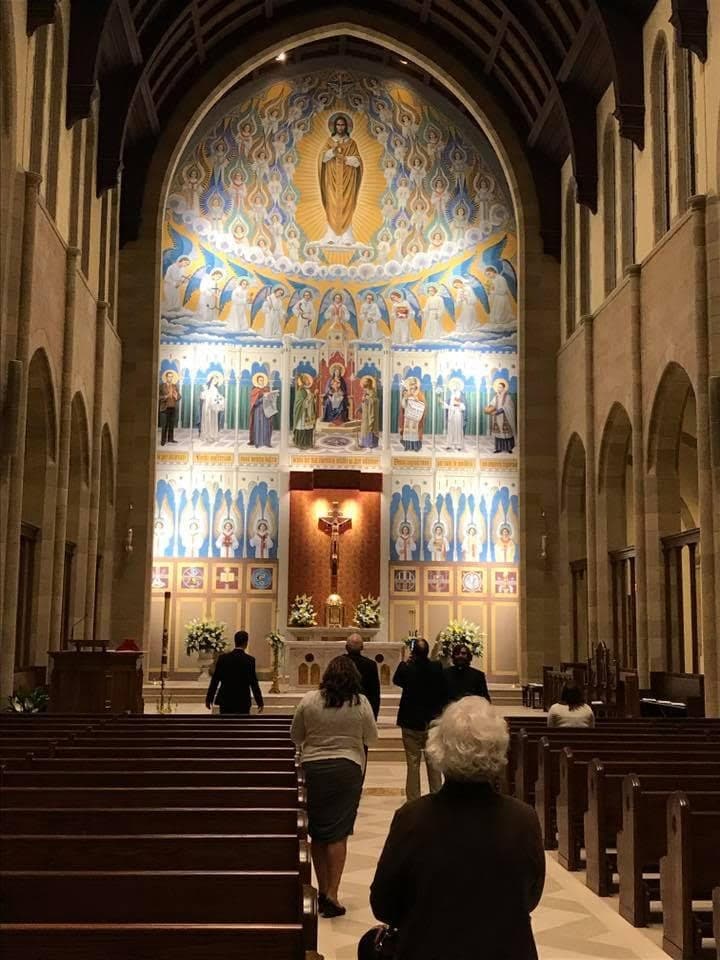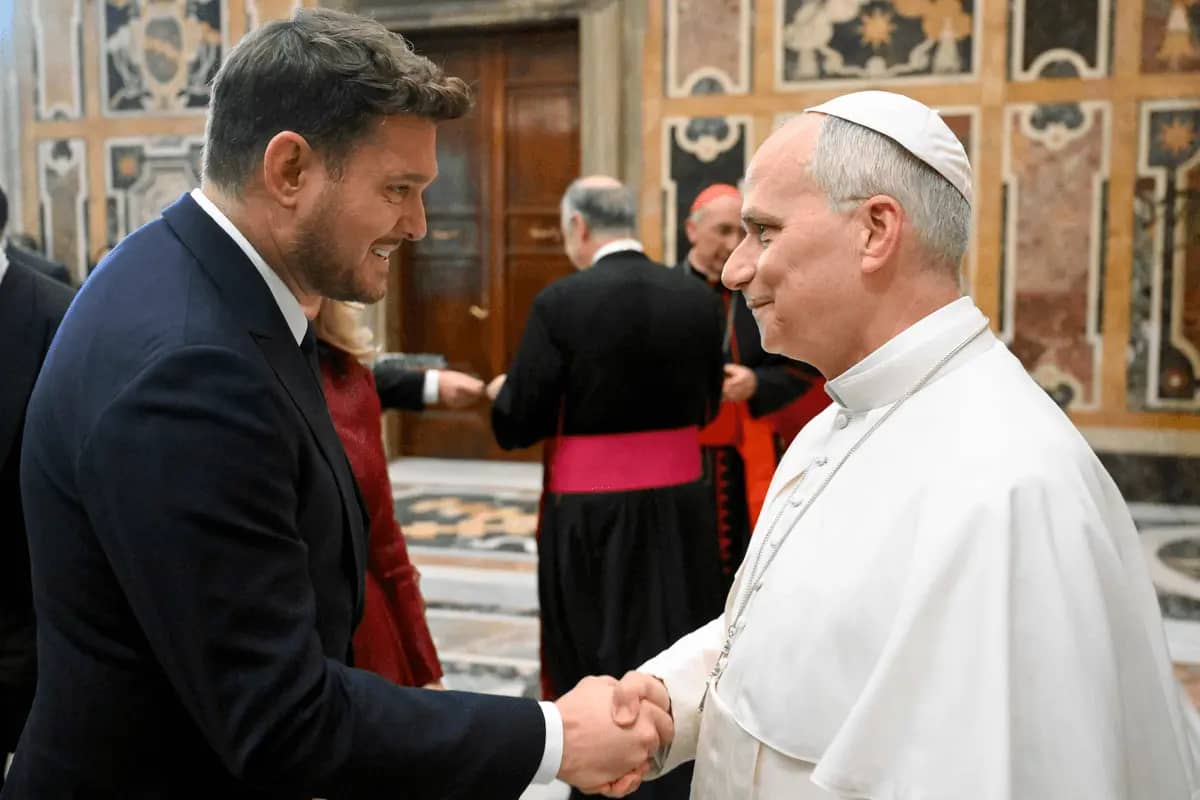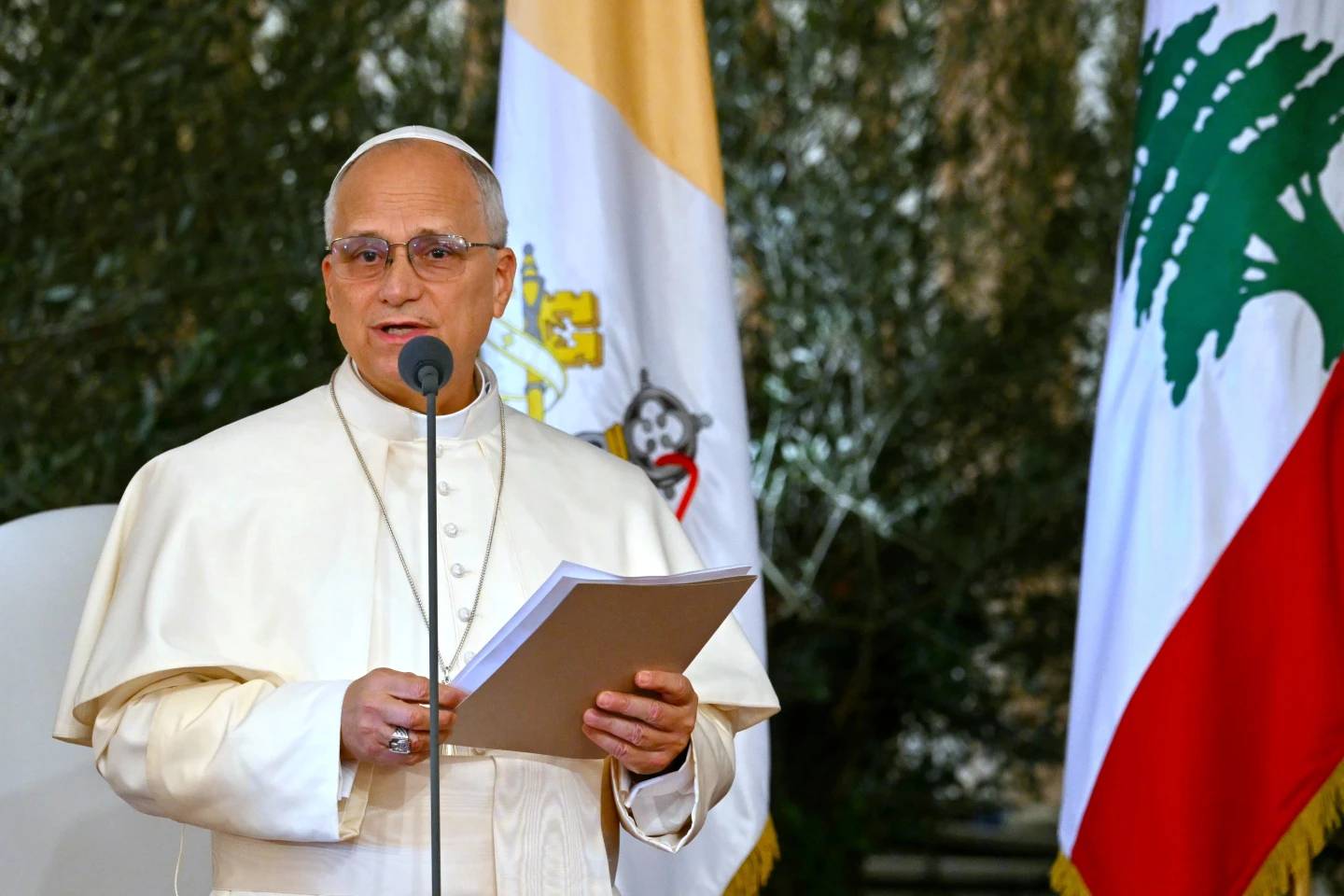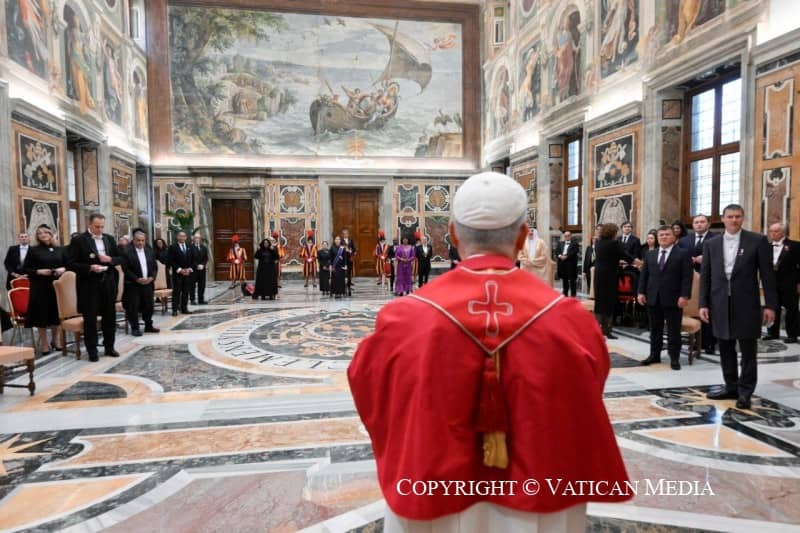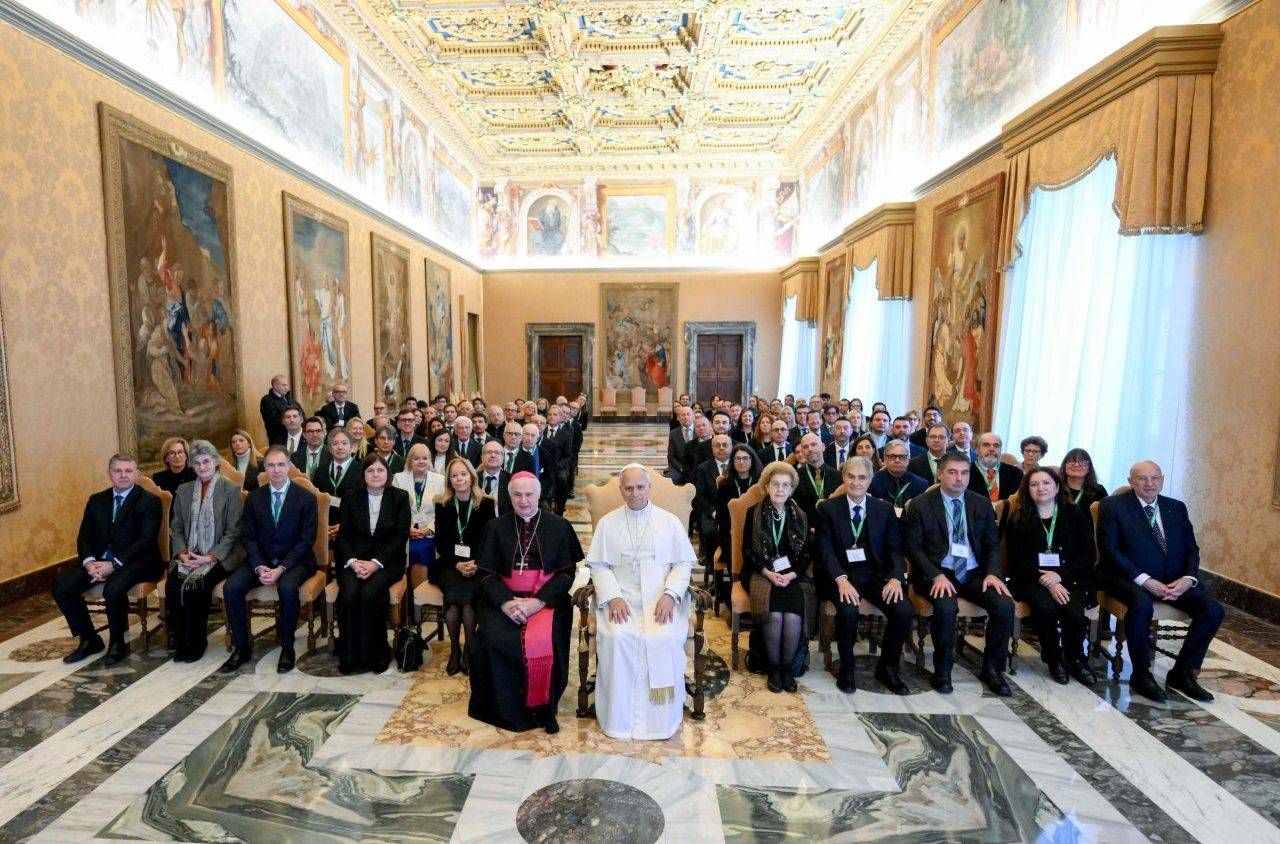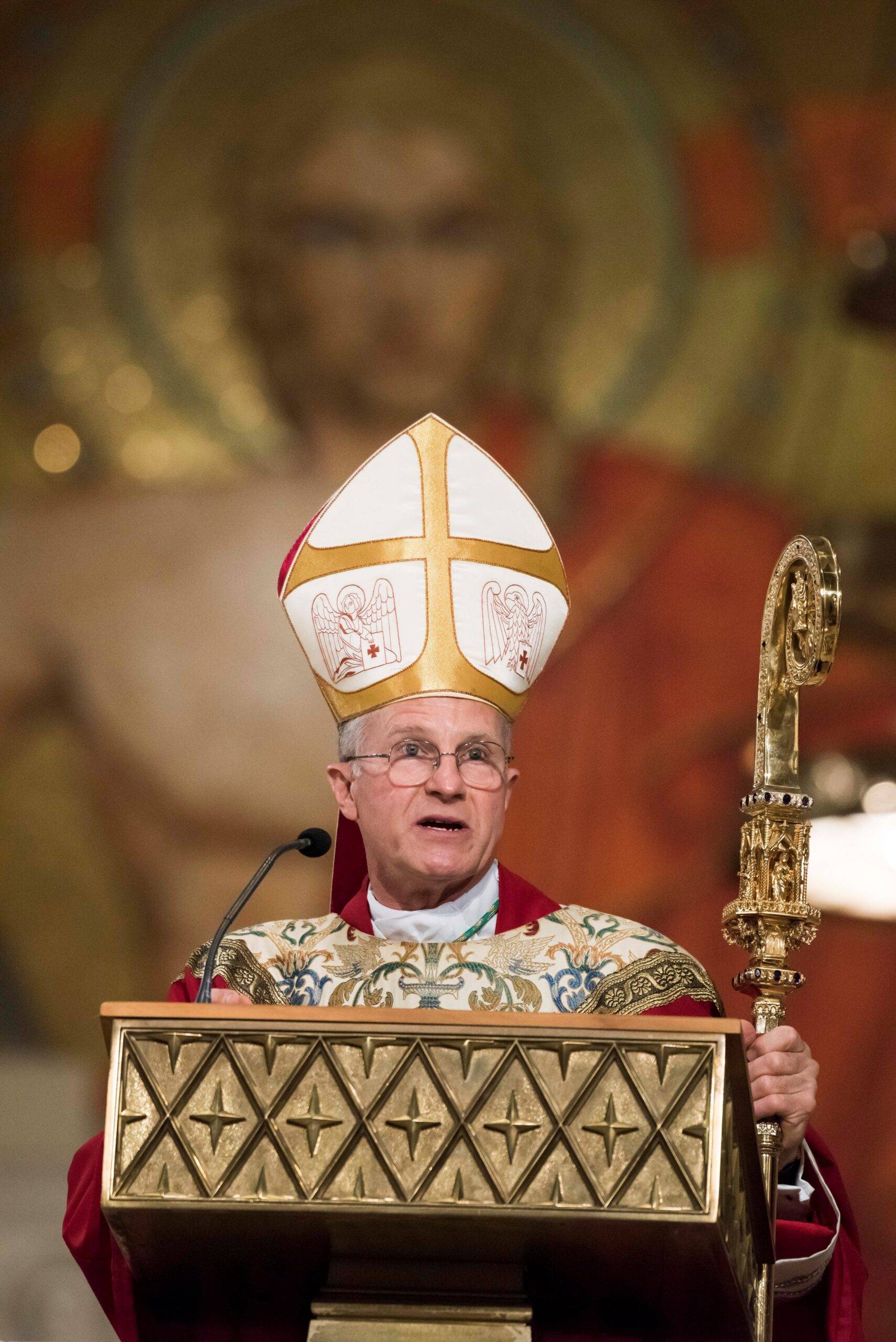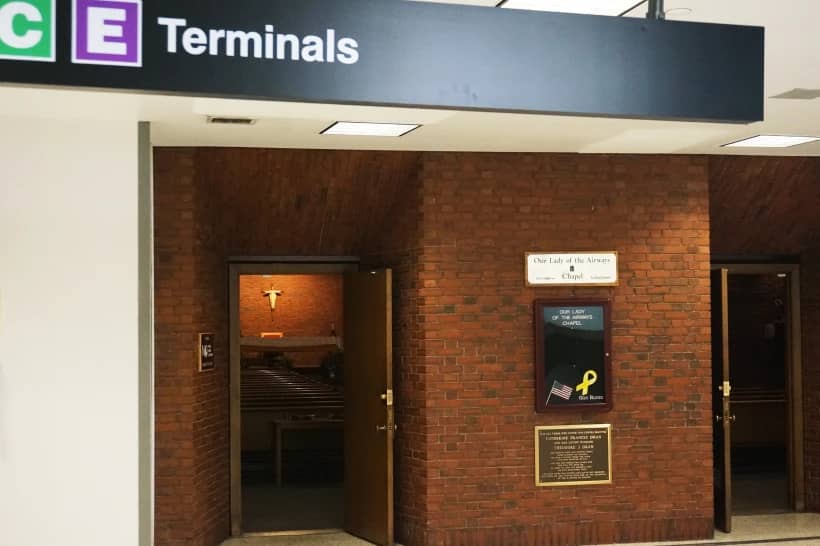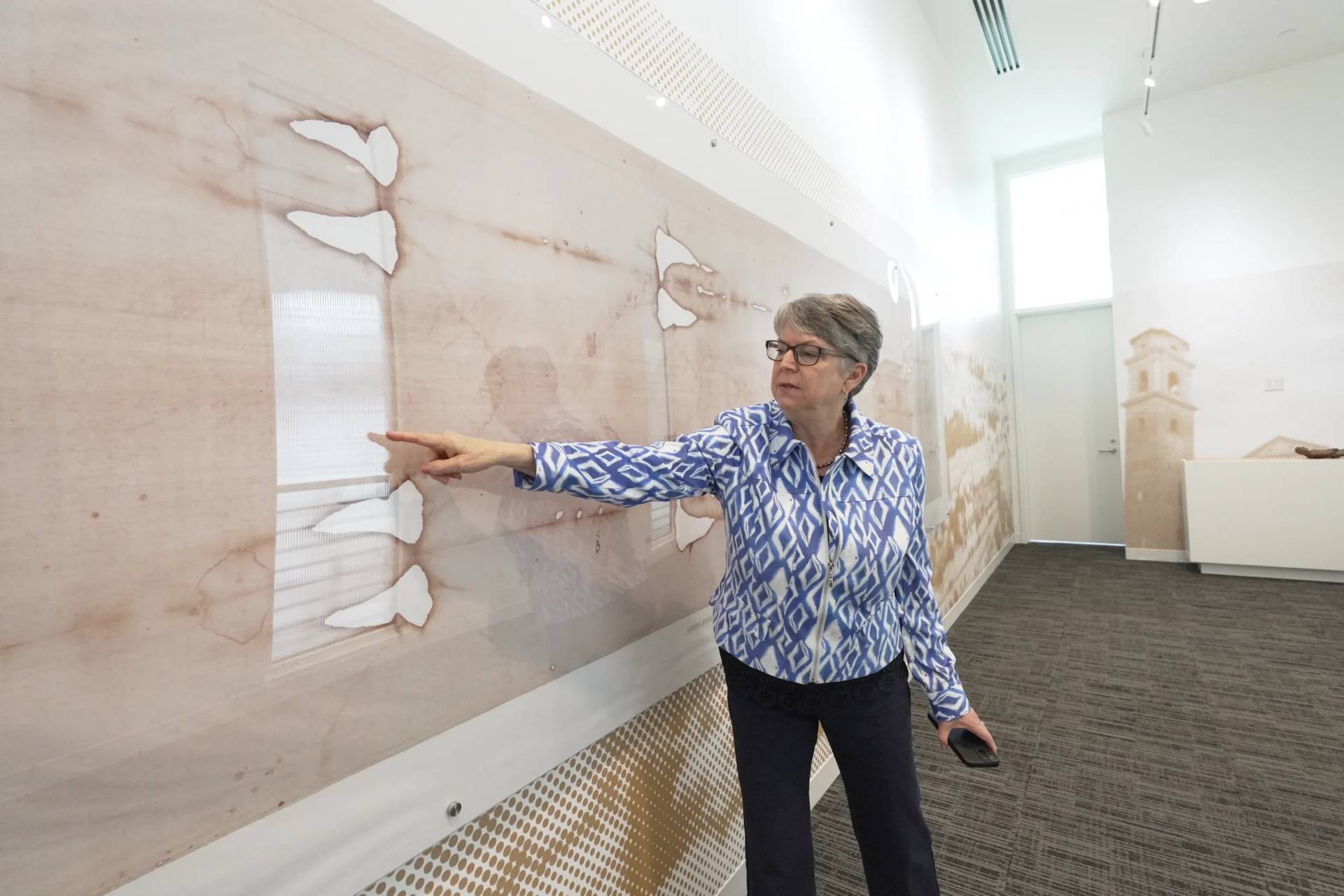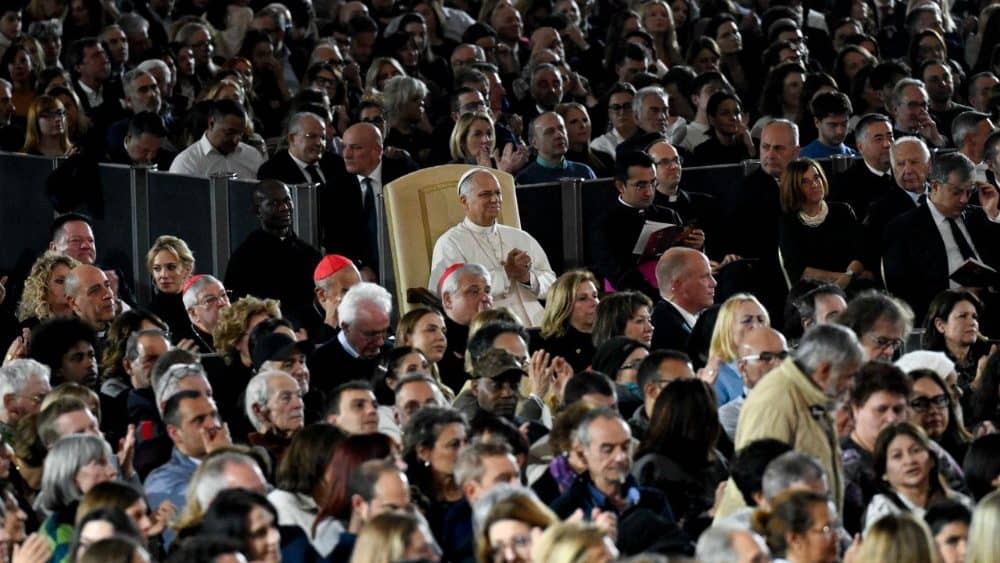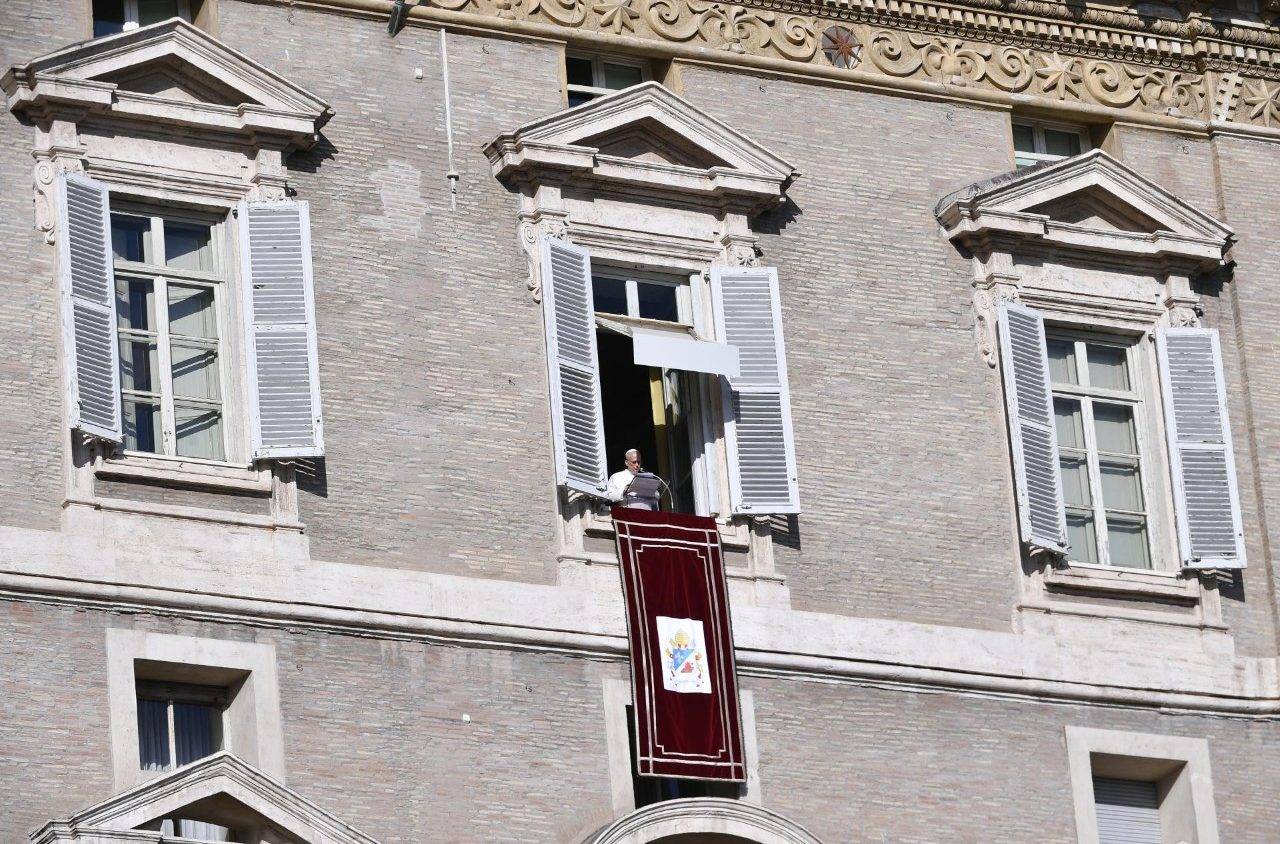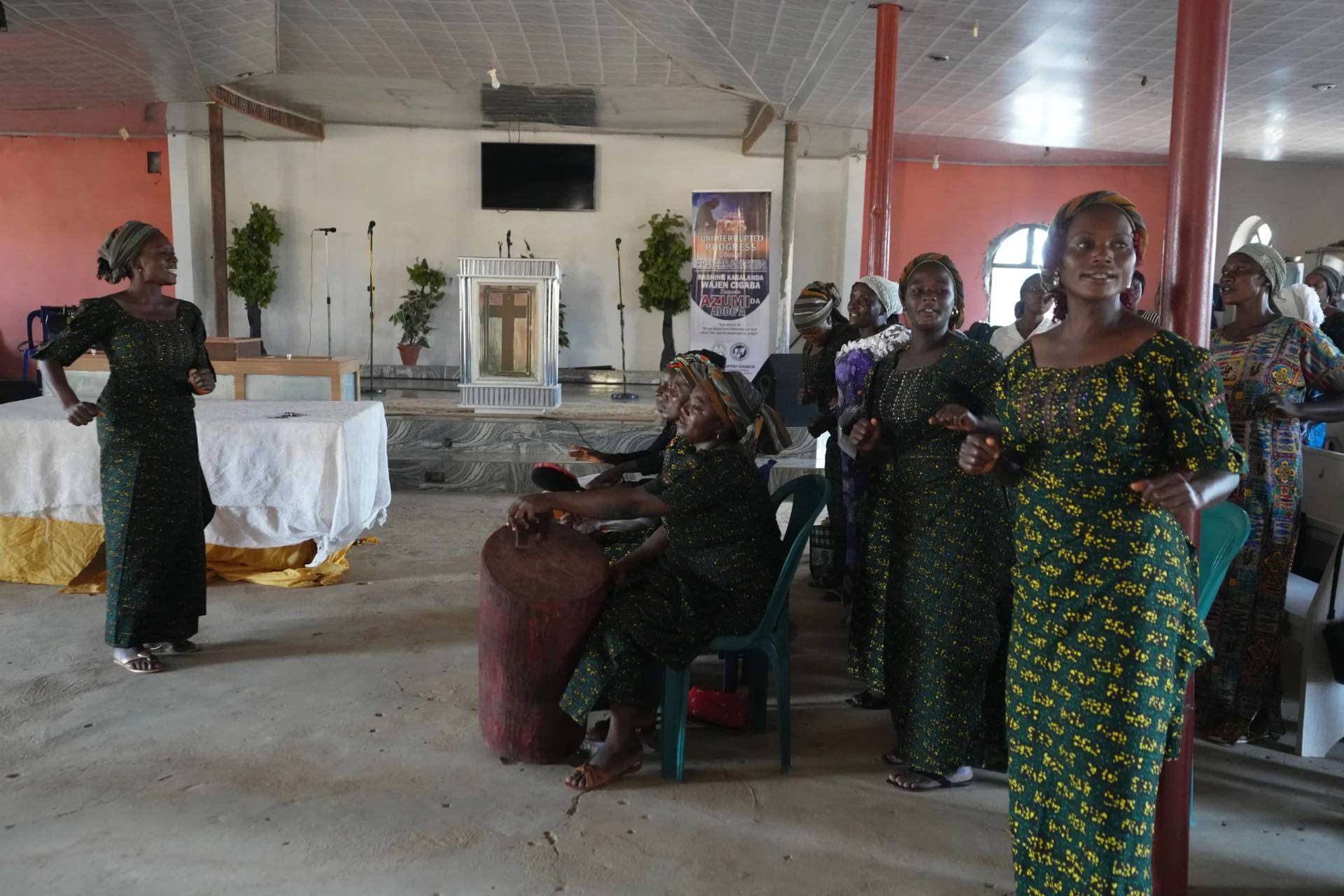While the Second Vatican Council has produced great fruit for the Catholic Church, it must be admitted that there have also been some disastrous consequences. One of the most negative results has been the impact of “the Spirit of Vatican 2” on church architecture.
For the last fifty years Catholics around the world have abandoned their timeless architectural and artistic traditions and opted for a utilitarian church design. With an idealistic iconoclasm, older church buildings were gutted.
Much loved statues were relegated to the basement. Tile or wooden floors were smothered in carpeting, while gothic furniture and fittings were stripped out, sold or even thrown on the bonfire.
In post war suburbs new buildings were hastily built. Guided by naive egalitarian ideologies and shallow liturgical notions, the suburban churches were too often built cheaply with poor materials.
The flat, modern church buildings have not aged well. Because they were the product of a certain time and culture they have gone out of style. Once fashionable, they look as dated as the shopping malls and bland civic buildings they so often emulated.

Happily a new generation of pastors, teaming with skilled and informed architects and designers, are doing their best to restore the historic buildings and renovate the modern buildings — introducing into them elements of traditional Catholic architecture. An example of a historic church being sympathetically restored after a harsh modernist renovation is St. Turibius Chapel at the Pontifical College Josephinum in Ohio.
At St. Therese of Lisieux church in Sugarland, Texas, Architect Duncan Stroik designed a neoclassical sanctuary that adds dignity and grace to an otherwise stark, utilitarian meeting hall.
At St. James’ church in Hopewell, Virginia, designer Erik Bootsma took a badly disordered church and restored its original orientation with an austerely beautiful renovation which echoes traditional architecture while still being modern, clean and welcoming. Steven Schloeder similarly re-designed St. Stephen Church in Sun Lakes, Arizona—transforming an uninspired interior to a beautiful and suitable worship space.
Notre Dame architect grad Matthew Alderman works with pastors and builders to integrate historic design elements into new buildings and to help restore historic churches that have been renovated unsympathetically. Ron Vahey at King Richard’s Liturgical Design works to salvage and integrate antique artwork, furniture and fittings for new churches and historic restorations and renovations.
Meanwhile sculptress and designer Anja Zunkeler of Zinclair Studios has re-purposed former Protestant churches for Catholic congregations in the United States. A video of her work transforming St. Stephen Church in Sacramento and Mater Misericordiae parish in Arizona can be viewed here.
Not everyone is happy with the restoration and renovation movement. Writing at National Catholic Reporter Peter Feuerherd quotes Michael deSanctis—a liturgical consultant and theology professor at Gannon University in Erie, Pennsylvania. DeSanctis believes the trend for restoration and renovation is a case of “new clericalism imposing old ways on modern architecture.”
DeSanctis opines, “Architecture is how we express our liturgy… the generation of post-Vatican II priests routinely came out of the sanctuary to interact with their parishioners during liturgy. They built churches with a focus on circular design, to bring the congregation closer together, as well as lowered the altar to bring the priest closer to the congregation. But that has changed with the emergence of many younger clergy, schooled in seminary with the thought of Pope Benedict, who re-emphasized clerical distinctions.”


Feuerherd quotes DeSanctis, “Restoration-minded pastors, most who came of age well after Vatican II, are ordering the changes. Gone are what they sometimes disparage as ‘Pizza Hut’ churches. The goal is to restore tradition. They impose altar rails, the placement of the Blessed Sacrament near the altar, and use expensive marble on the floor to seal off the sanctuary area as a polished and exclusive arena for clerical liturgical action.”
It is surprising that DeSanctis who is a church building consultant does not seem to be aware of the Catholic teaching about this matter. The General Instruction of the Roman Missal directs that,
“The People of God which is gathered for Mass is coherently and hierarchically ordered…Hence the general arrangement of the sacred building must be such that in some way it conveys the image of the assembled congregation and allows the appropriate ordering of all the participants… the sanctuary is the place where the altar stands, the Word of God is proclaimed, and the Priest, the Deacon, and the other ministers exercise their functions. It should be appropriately marked off from the body of the church either by its being somewhat elevated or by a particular structure and ornamentation.”
While modernist churches express the equality and unity of the People of God, what is often missing is any sense of the theological and symbolic depth of the liturgy. The Rite of the Dedication of a Church indicates that a church is “a sign and symbol of heavenly realities.”
Anja Zunkeler laments the barren utilitarian nature of modern churches saying, “In my opinion the worst aspect is the stripping away of all symbolism and ornamentation so as to end up with a neutral building that could be a bank or museum, but no longer has any resemblance to a church.”


Architect Steven Schloeder concurs, “The most dire consequence of post Vatican II architecture was in the lost of sacramental signification in church design.
The traditional styles, whether Byzantine or Baroque, Romanesque or Renaissance, all conveyed a symbolic language of form and meaning which were expressive of the great Scriptural metaphors of the Church herself. This was a rich and interwoven formal language of the body, the city, the temple which, regardless of epoch or style, allowed us to understand the church as both a sacred place and particularly as an expression of the heavenly realities.”


Erik Bootsma argues that the renovation and restoration of beauty in Catholic churches is not a mindless nostalgia for what is old fashioned, nor is it a new form of clericalism. Instead traditional design is integral to Catholic worship and identity.
“When we build a church with a recognizable sanctuary, we’re not merely copying past forms, but we’re symbolizing the connection to the Temple of Solomon, which had the same form, having the Holy Place and the Holy of Holies. Moreover, that form in the Temple looks forward to the form of the New Jerusalem, which is that same golden cube of the Holy of Holies,” – Bootsma said – “In each the emphasis is that God is present to his people. When we eliminate the sanctuary, and eliminate the tabernacle with the Eucharist from its midst, we lose the connection to both these realities. True Catholic architecture proclaims the reality of the Real Presence of Christ in the Eucharist.”
The English scholar Fr. Ian Ker has observed that it takes fifty years for a church council to really get into the bloodstream of the church. As we approach that milestone with the Second Vatican Council, let us hope that pastors, people and architects will discover the balance between the church building being the friendly fellowship hall for the People of God, and the glorious temple of God’s presence.
